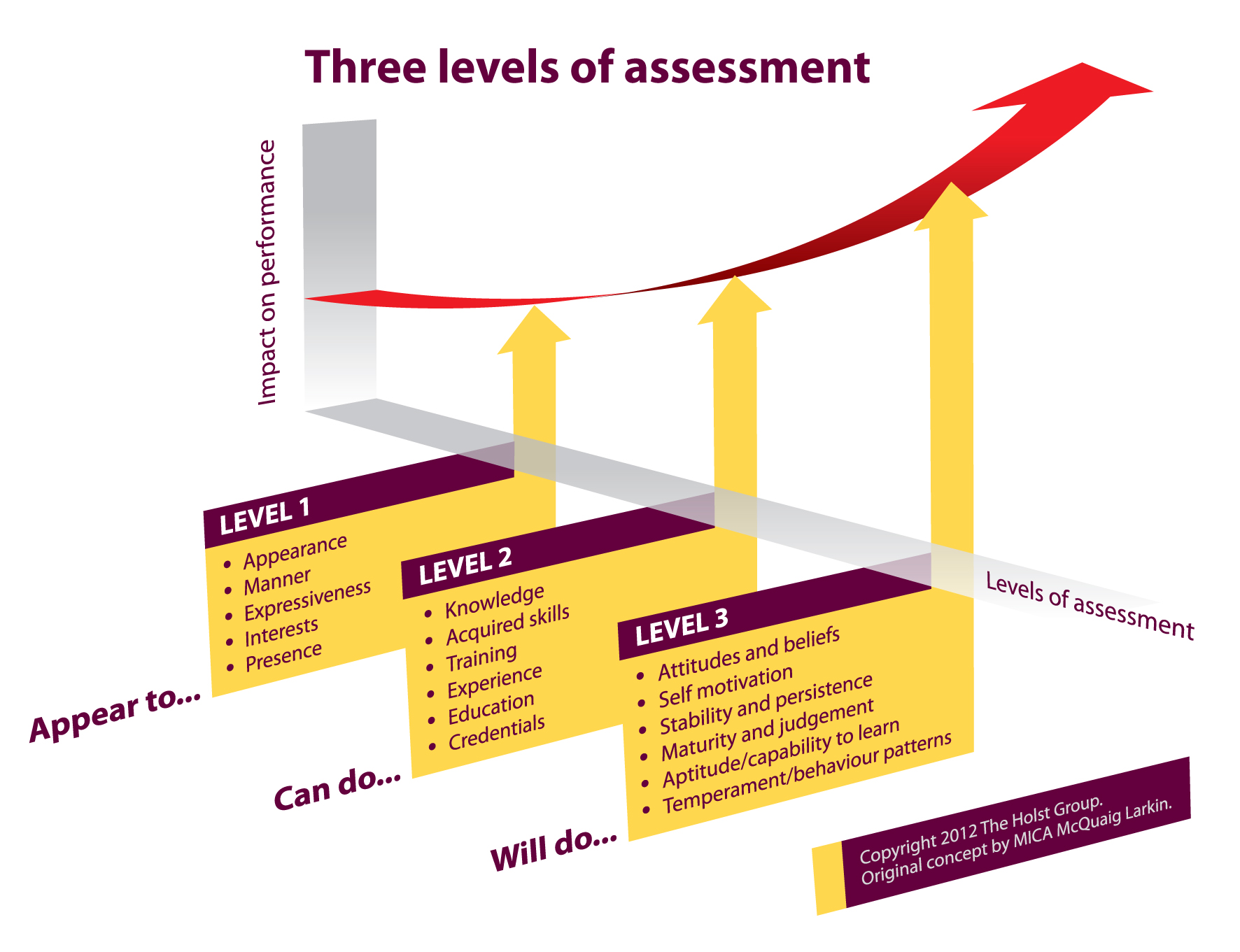 If you’re a sales manager you know the pressure add top talent to your team and you know how tough it is hiring sales people. Cost estimates for a bad sales hire run into the millions of dollars. Even taking a more conservative approach, a 2012 report by the DePaul University Centre for Sales Leadership put the average cost to hire, train and replace a sales person at $114,957.
If you’re a sales manager you know the pressure add top talent to your team and you know how tough it is hiring sales people. Cost estimates for a bad sales hire run into the millions of dollars. Even taking a more conservative approach, a 2012 report by the DePaul University Centre for Sales Leadership put the average cost to hire, train and replace a sales person at $114,957.
The stakes in getting it right when hiring sales people are higher than probably any other role in your company. The secret to success is knowing what to look for and how to get at it in an interview.
According to a study by Michigan State University, 90 percent of hiring decisions are made based on interviews, but those interviews are only accurate predictors of future performance 14 percent of the time.
As you can see, unstructured interviews – the kind most people use – are only slightly better than flipping a coin. Those are troubling numbers, and a clear sign that you need an interview strategy if you’re going to find that A-level sales person you are looking for.
Why are interviews so ineffective for assessing sales candidates? Part of the reason lies in approach. When conducting interviews, most managers go through a checklist of questions and consider themselves done after all the boxes have been ticked. Questions tend to be closed, “can you?” “Did you?” “Will you?” Decisions are made based on first impressions, gut instinct and a review of qualifications on the resume. On their own, these just are not effective methods or measures.
How to measure candidates
 There are three levels of assessment to use when considering candidates for a role (see diagram). The first level is the first impression. It’s based on appearance, mannerisms, expressiveness and presence. A study done at Princeton University suggests that in just 100 milliseconds, people are making decisions about you, or you’re making decisions about candidates based on their appearance.
There are three levels of assessment to use when considering candidates for a role (see diagram). The first level is the first impression. It’s based on appearance, mannerisms, expressiveness and presence. A study done at Princeton University suggests that in just 100 milliseconds, people are making decisions about you, or you’re making decisions about candidates based on their appearance.
The second level is the kind of information you would find on somebody’s resume. This level encompasses learned skills, experience, education and credentials. This level has a greater impact on predicting performance on the job. We call that the “Can do” level.
It’s the third level, though, that tells you the most about future performance. Look at some of the characteristics level three uncovers for you and think about them in terms of assessing a successful sales person.
Are they self-motivated? Do they have the persistence to make eight follow-up calls to make the sale? Do they have the maturity and capacity to learn what works with your prospects and adapt? Will their temperament fit with your culture?
Conducting interviews that will enable you to find and hire successful sales people is a three-step process and it begins before you ever look at a single candidates resume.
Step 1 – define the job
Consider and document all the Level 2 and Level 3 requirements for success in the role. What do they need to have and what’s a nice-to-have? Create a target that you will use to measure all candidates against.
Step 2 – Assess candidates
Because you used your job profile created in step 1 to create your job description, you’ve created a flood of candidates who are confident that they meet your specific criteria. Now, it’s time to separate the wheat from the chaff. We recommend a 6-step process to our clients:
- Review resumes for minimum Level 2 criteria & to develop an interview strategy
- Conduct telephone screening interviews
- Conduct face-to-face interviews
- Assign pre-employment tests to your short list
- Conduct follow-up interviews
- Check references
Step 3 – Document & decide
Review all your documented results from assessments, interview notes and reference check notes against the original target profile you created and, yes, check your gut, then choose the candidate that most closely matches your criteria.
Conducting the right kind of interview
There are number of different types of interview questions you can ask, and you’ll ask them all in most interviews. To be sure to get at those Level 3 criteria, though, you have to include behavioral interview questions. They look something like this: “Tell me about time when you were faced with X and what you did about it.”
These questions will pull out specific examples of past behavior, which is a great indicator of how they will behave in the future. The questions you ask will be role-specific, but they should also be customized to each candidate based on the questions/concerns that arose during your resume review and screening interviews.
Pick a Level 3 trait and consider how a successful sales person would use it on the job. Then turn those desired actions into questions. If you’ve got a long sales cycle and you’re not sure if this candidate has the determination to keep on prospects, maybe something like: “Tell me about a time when you had a prospect you felt needed your product, but who wasn’t responding to your calls.”
The McQuaig System actually provides customized behavioral interview questions for each candidate who completes an pre-employment test, making it easy to get at the information that matters.
Asking the right questions is just half the battle, though. If you ask a behavioral interview question, note the response and move onto the next one on your list, you’re missing the boat. You have to know what information you need to get from the response and if you don’t get it, you need to follow up and make sure you do. Effective probing is critical for successful interviewing. There’s more on “how to probe” here.
Be Consistent
The final piece in the interview strategy is consistency. You have to have a documented process that you go through for each candidate. Don’t cut corners. Don’t change the hiring team players for each candidate. Consistency is critical for comparing apples to apples.
That’s not to say you don’t customize elements of your interview to each candidate. We’ve talked about how to do that above, but the process absolutely has to be consistent.
Create a target, measure against it by getting at the important information and, be consistent. Follow these steps and that rainmaker is as good as yours.
{{cta(‘1a12dc2c-ea24-4776-a584-3d445394fd52’)}}



